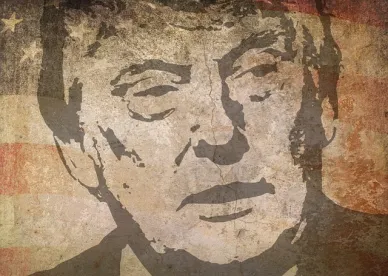US President Donald Trump issued an executive order (EO) on February 3 that directs the secretary of the US Department of the Treasury and the heads of the major federal financial regulatory agencies to review “existing laws, treaties, regulations, guidance, reporting and recordkeeping requirements, and other government policies” for their consistency with a series of newly created “Core Principles” for the oversight and regulation of the financial sector, and to report back with their findings within 120 days.
Although not mentioned by name, the EO is aimed squarely at the Dodd-Frank Wall Street Accountability and Consumer Reform Act (Dodd-Frank Act)—as the president’s remarks at the signing event made clear.
The EO’s Core Principles set forth the principles with which the Trump administration intends to regulate the US financial system to, among other things, foster economic growth, improve the competitiveness of American businesses, and improve and rationalize the federal financial regulatory framework.
The actual language of the EO may disappoint some because it provides no guidance on specific Dodd-Frank Act or other financial regulatory actions that the new administration may have in mind. At the same time, the EO points the Treasury Department and financial regulatory agencies in a distinctly deregulatory direction as they undertake their review—which should come as no surprise given the president’s repeated references to the Dodd-Frank Act as a “disaster.”
We may have to wait awhile to see the specifics of the administration’s Dodd-Frank Act reform initiatives. In the meantime, the Republican-controlled Congress may move soon to push the Dodd-Frank reform discussion forward; House GOP leaders have indicated a desire to consider and mark up the Financial Choice Act (the Dodd-Frank Act reform legislation that was introduced but died in the last Congress), possibly as soon as later this month.




 />i
/>i

